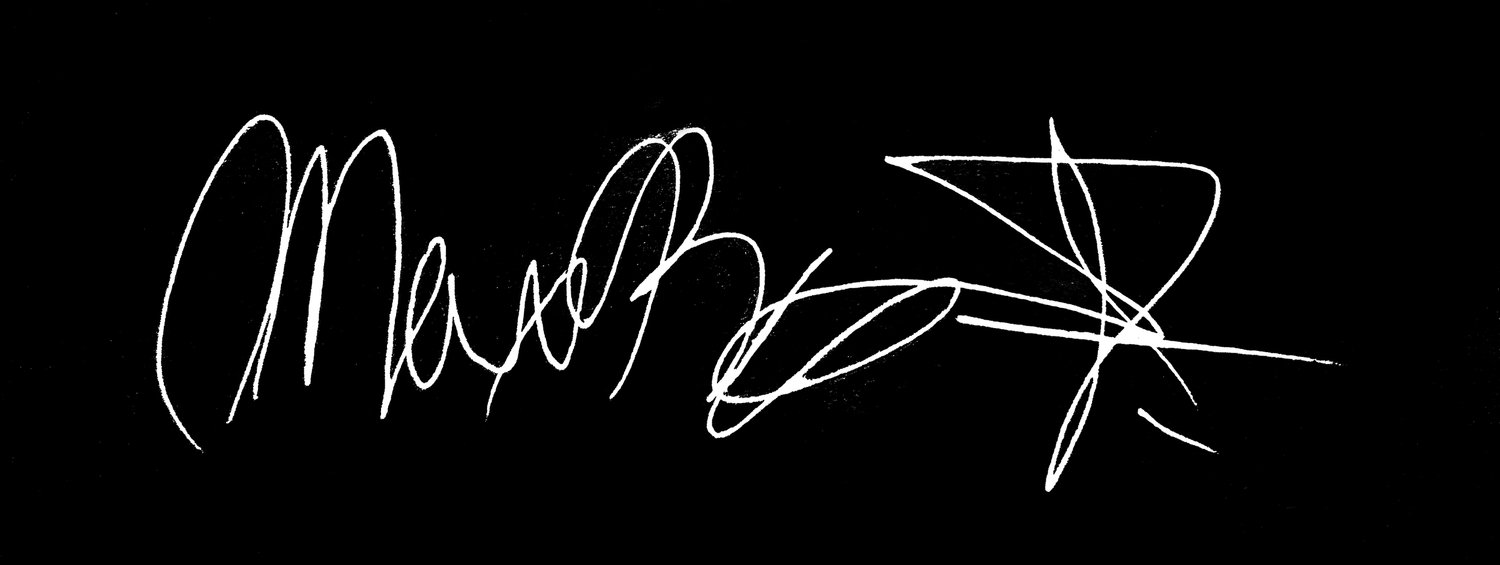
The Sea is a teacher. It encompasses both ontological and ecocentric models for being and doing. It offers lessons for times of ambiguity, uncertainty, disorientation, mutability, and a refreshing decentering of anthropocentric cultures, histories, geographies, and ideals. The Sea makes it clear that for as long as we abandon our place within our various ecosystems, we shall remain the root of problems. The Sea can help us to embrace ways of being and doing that assist our ability to imagine possibility and discover agency beyond ourselves, within ourselves, and within sustainable structures of cooperation and collaboration. As Donna Haraway says, making kin and making kind… stretch the imagination and can change the story, and the impact the Sea has had on my body and orientation certainly reflects this perspective. From within the mutability of my trans body that is so frequently centered inside cultural and political disconcert, I seek to inform and reframe land-based narratives in service of both understanding and being understood within my various worldbuilding practices.
My institutional training was in experimental film and video production. My professional experience has encompassed the use of many emerging media platforms and processes within various live and time-based environments. However, it is as an interpretive scuba diver that I have more recently begun to find my voice, my language, and a clarity of orientation to my arts practice. The Sea communicates and challenges historical, biological, ecological, structural, mythological, and industrial contexts for our bodies, and has given me substantial insight into relationships between embodiment and immersion, conceptions of media and mediation, culture, representation, communication, and orientation. I am interested in empowering the place of the body within our increasingly mediated landscapes and experiences. Hito Steyer’s The Wretched of the Screen beautifully weaves a theory of the role of the horizon and seafaring navigation in cultivating colonialist, linear perspectives, and rectangular forms of representation. Her ideas combined with my accumulated dive time in the horizonless undersea has transformed and empowered my practices of queering and decolonizing the form, content, materiality, and experience of screen-based works.
Screens (mobile, cinematic, televisual, computational, architectural, performative) are broadcast spaces, which have become integrated into our culture as torrents for content, communication, and comprehension. From within these sets of transmissional spaces emerges dominant sources of cultural representation. My practices explode, subvert, satirize, and remix the cinematic apparatus’ for the purpose of dismantling and making transparent their role in shaping dominant cultural narratives and experiences. Central to all of this is the empathy for, and consciousness of the place of the body within mediated environments. These sensibilities extend to viewing bodies, performing bodies, making bodies, and even extending to an understanding that screens are the bodies of images. Conventional modes of media consumption have historically objectified viewers, users, and spectators. Screens are designed to unidirectionally transmit information, gather data, and deliver the “consumer” to commercial and federal institutions as products, and more recently as a resource for our A.I. machines. Inversely, we as viewers have been trained how to consume images, through the dismissal of the corporeal self.
I believe that our relationship to experiences of “immersion” often fall short, as our desire to be immersed actually stems from a desire to be more deeply embodied. As diving is one of the most embodied experiences I have known, it has given me new metrics for gauging embodiment, which offers deeper clarity into outcomes of immersion within mediated and virtual experiences. I am interested in better understanding our efficacy if we shift from an intention, which centers a technical spectacle of immersiveness, to an intention that centers genuinely embodied experiences. While I feel there is always tremendous potential in new technologies, I wish to integrate new perspectives into their implementation through a deeper investigation of the origins of their cultures of practice, which can ultimately translate to a nuanced and diverse use of these tools. By deconstructing, physicalizing, and humanizing emerging tools and practices, I hope to create new relationships of viewing, which prioritize the experience of viewing bodies and communities, and expand the potentials of cinematic experiences.
I believe that building worlds requires understanding the world, which requires both being both in and of the world. [Being in the world orienting oneself to external experience, absorption and practices of input and reception, and being of the world orienting oneself to meaning-making, processing, organizing and practices of output and production]. In both modes play and curiosity are required in order to be open to the opportunities in each. Play is a necessary companion in order to get to discovery, and ultimately understanding. I ascribe to both adrienne maree brown’s and José Esteban Muñoz’s notions that worldbuilding allows us to practice the future, and to practice futurity, and that inside of practicing futurity one can find agency, and by proxy hope. It is through hope that I seek be understood, and along the way create opportunities for others to both understand and be understood.
